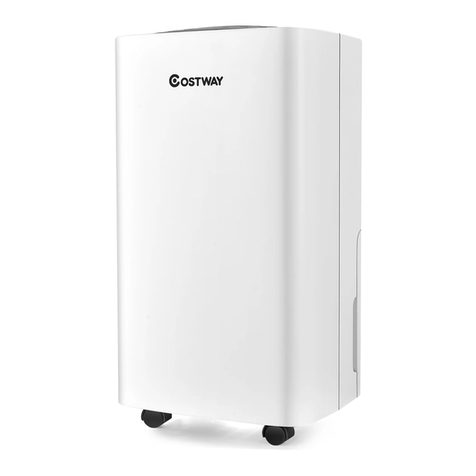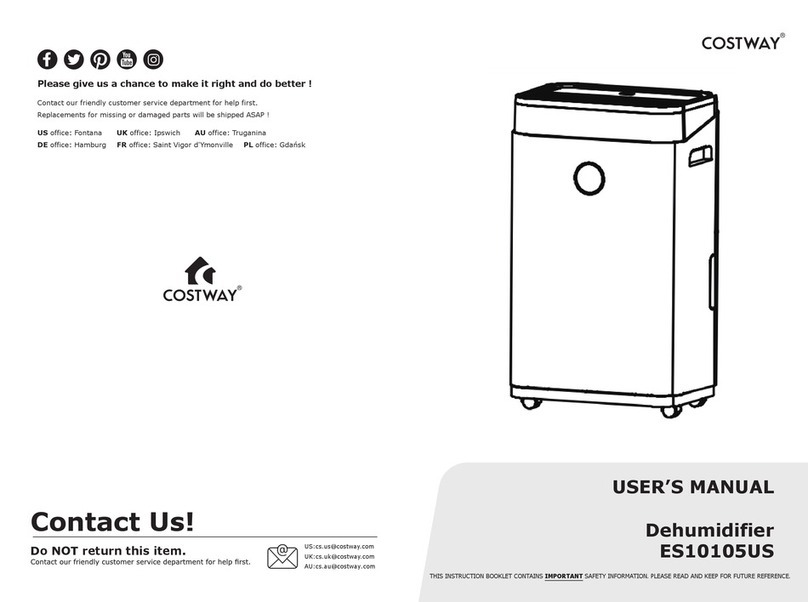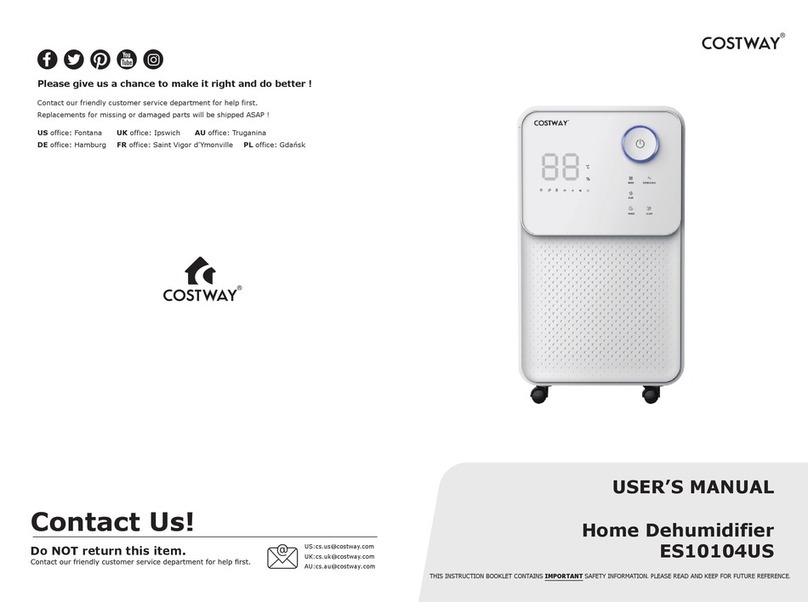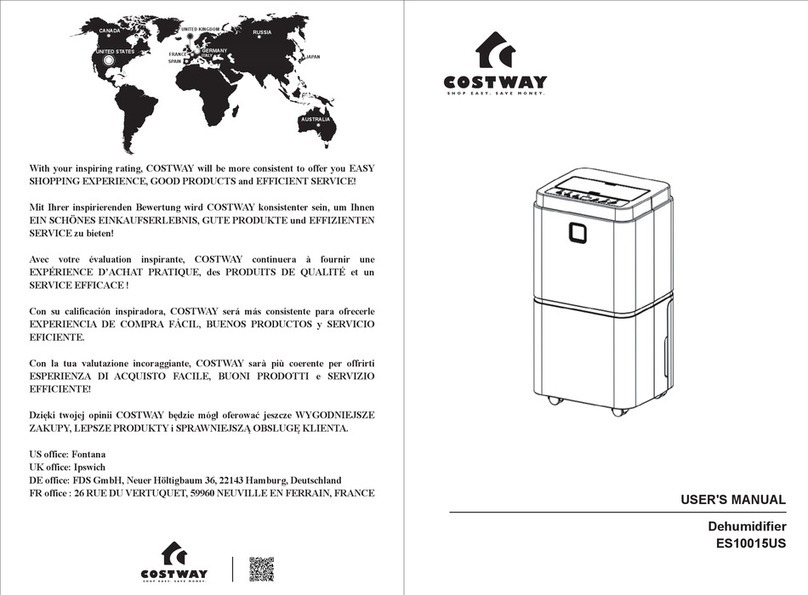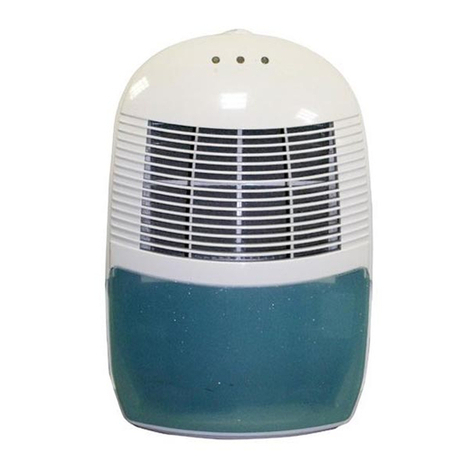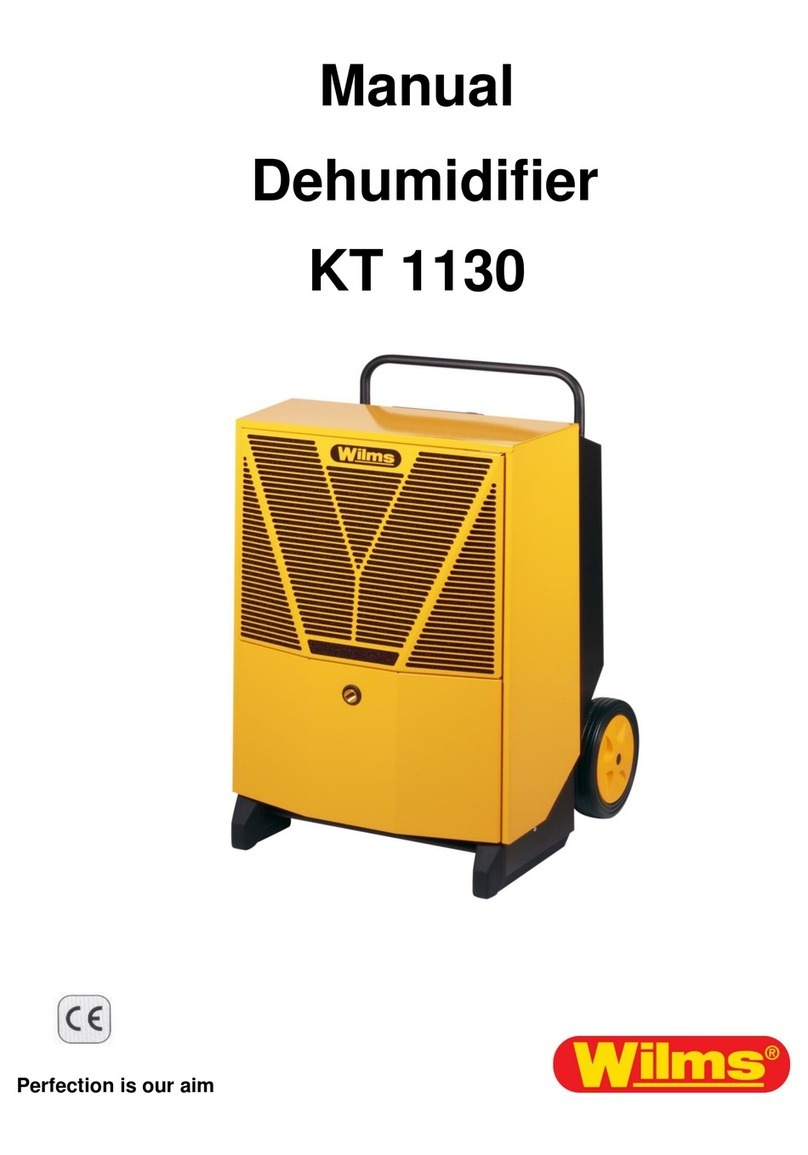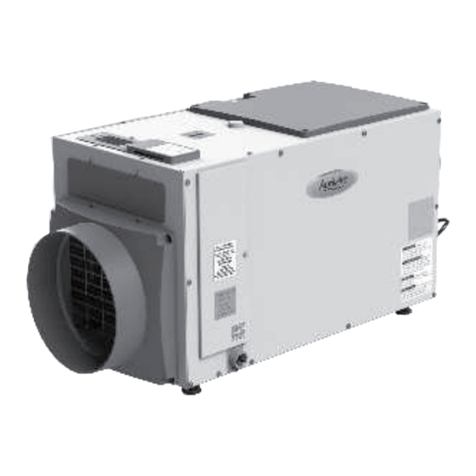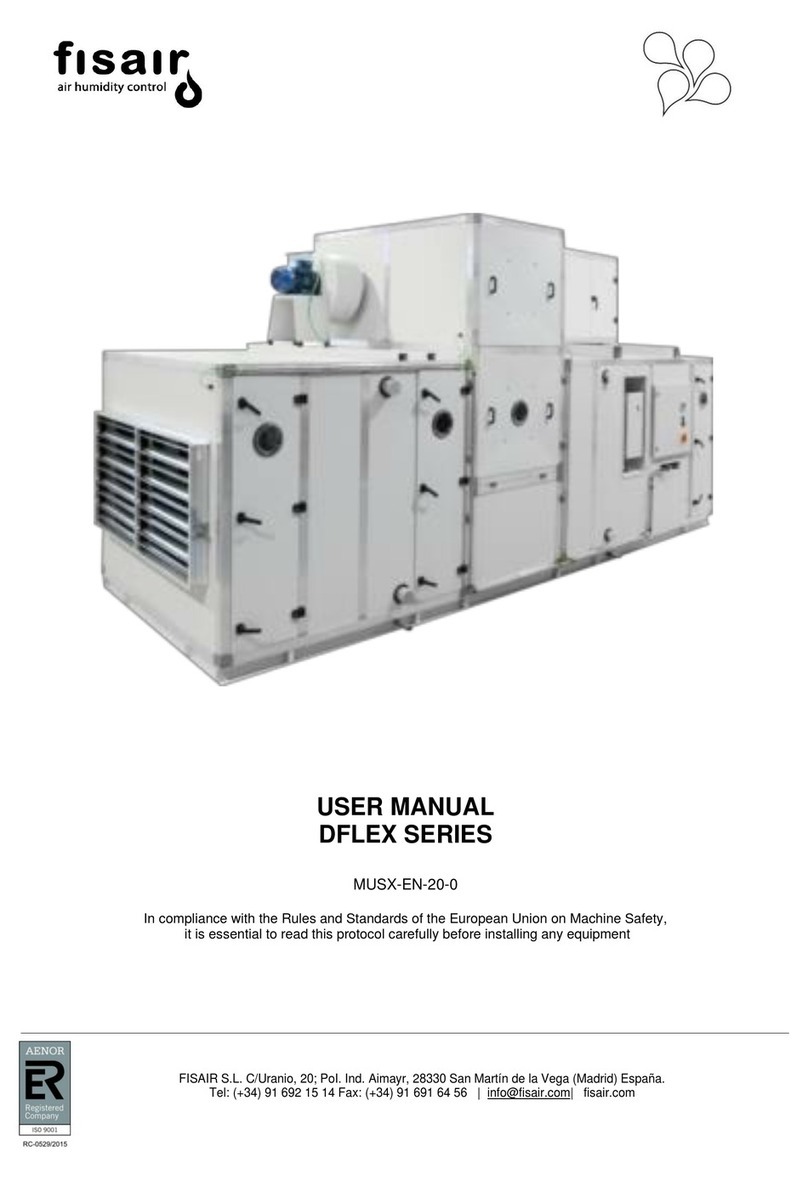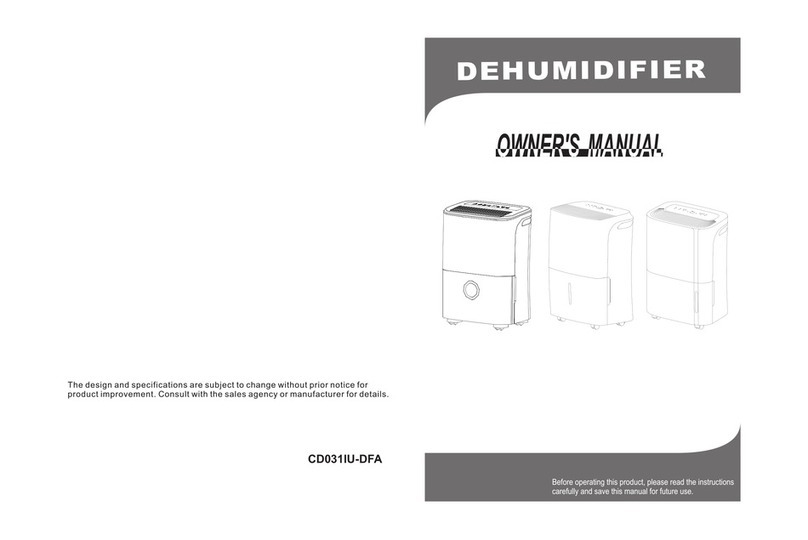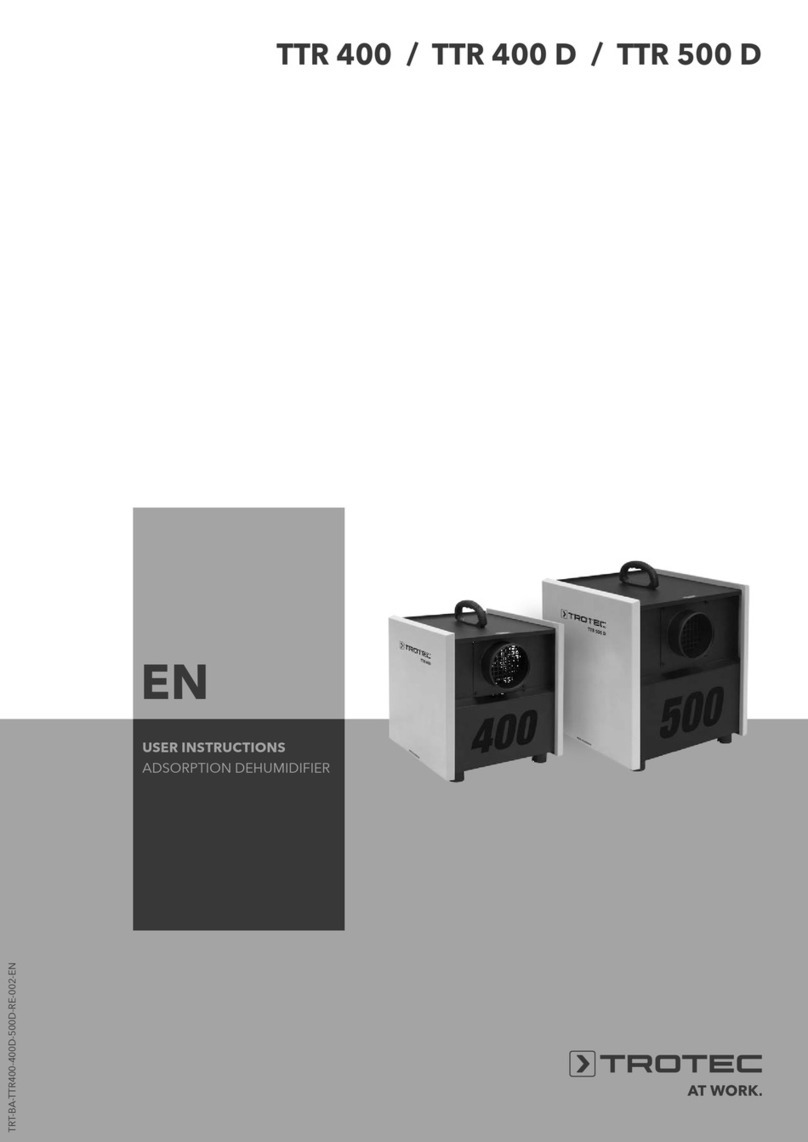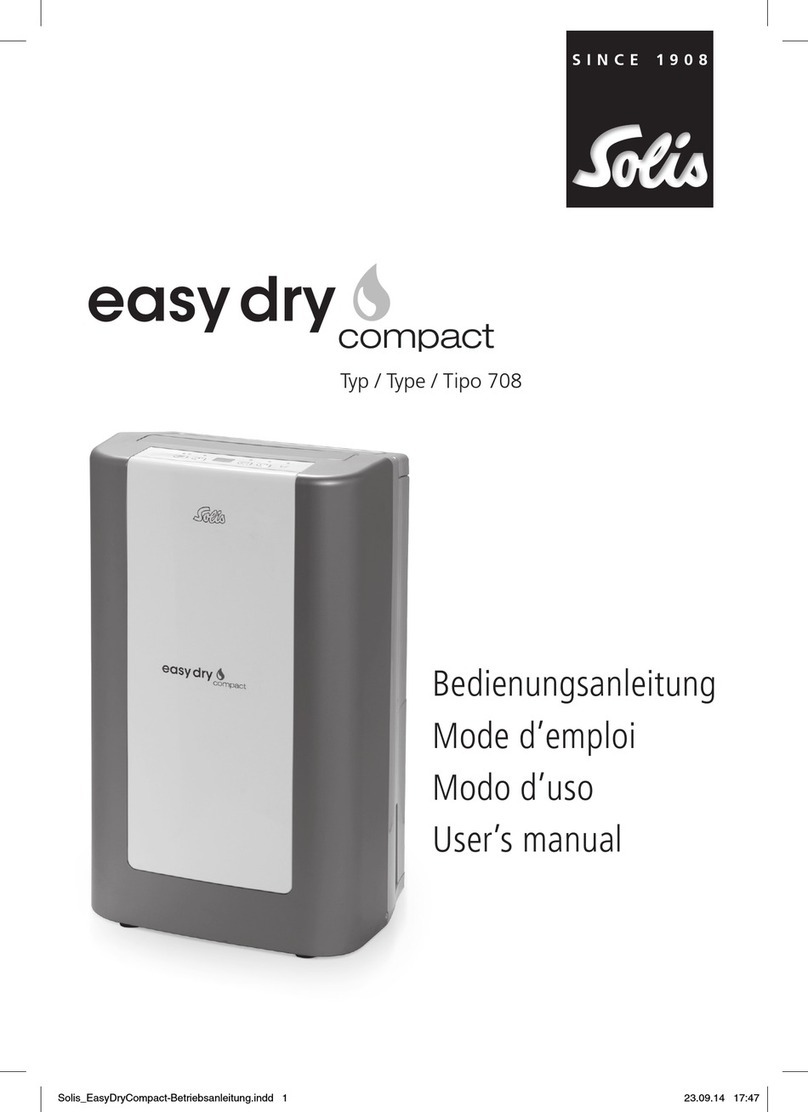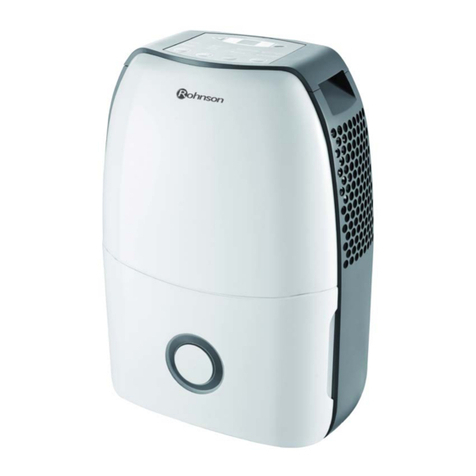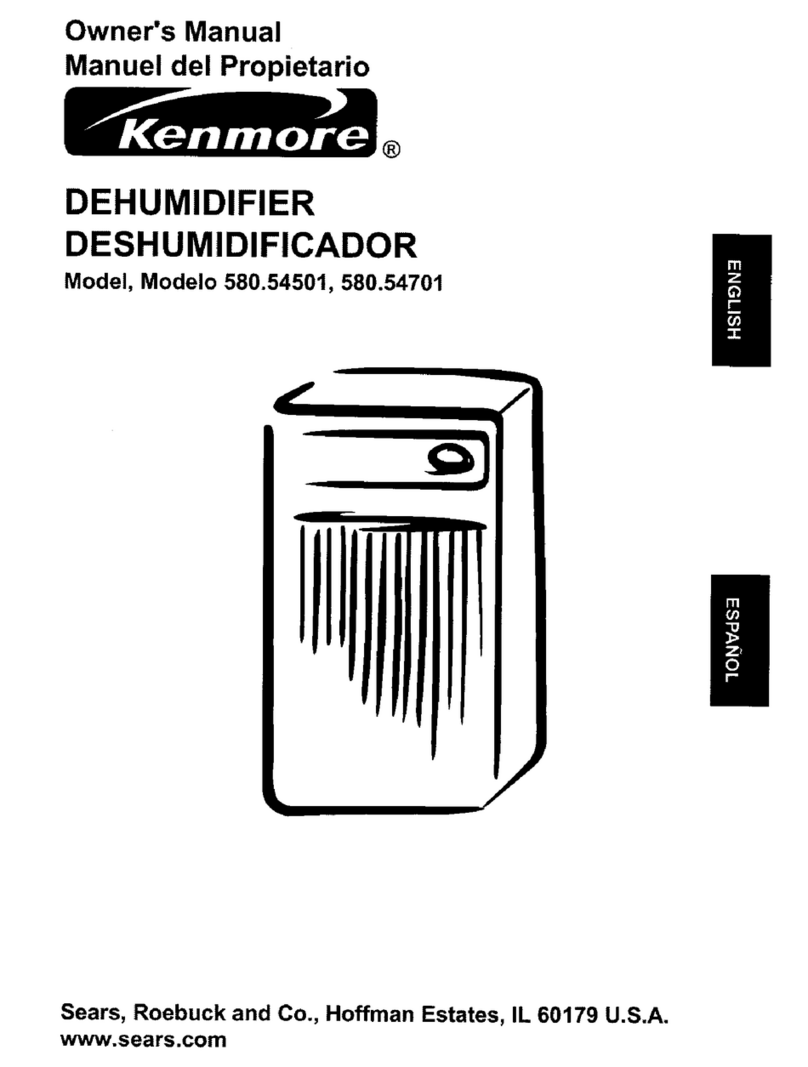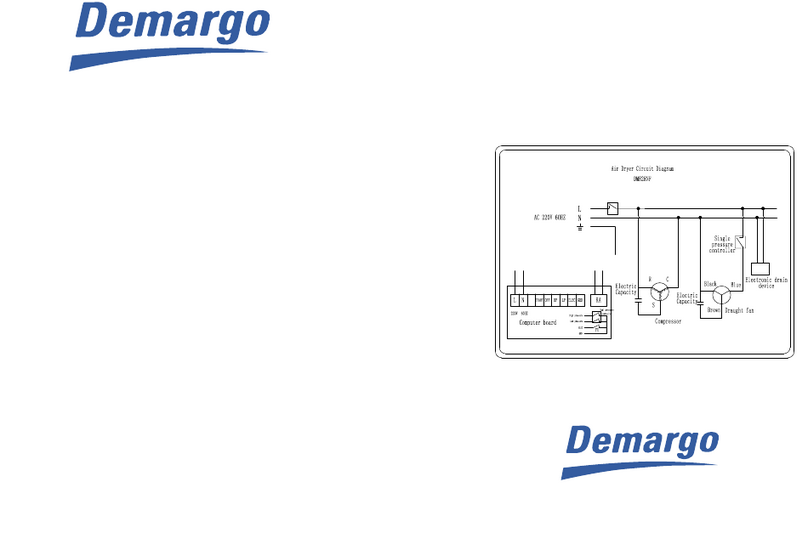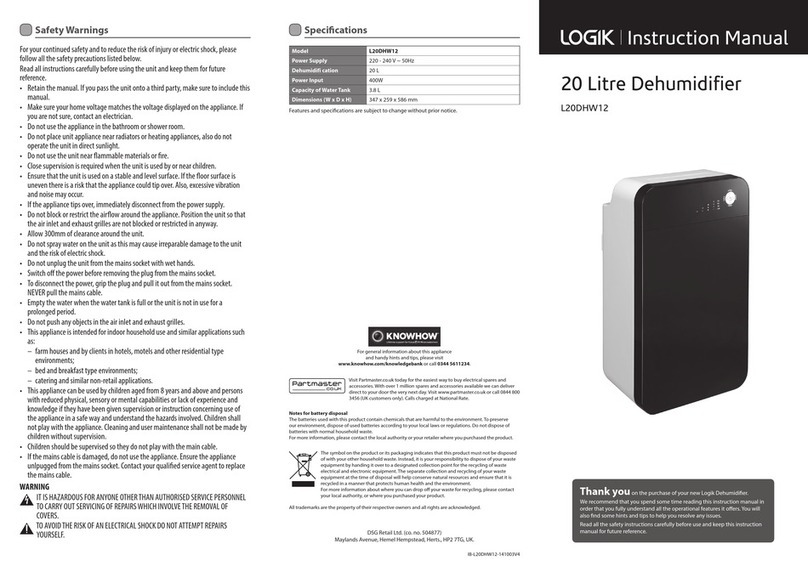
9.Repair and maintenance to electrical components shall include
initial safety checks and component inspection procedures. If a fault
exists that could compromise safety, then no electrical supply shall
be connected to the circuit until it is satisfactorily dealt with. If the
fault cannot be corrected immediately but it is necessary to continue
operation, an adequate temporary solution shall be used. This shall
be reported to the owner of the equipment so all parties are advised
Initial safety checks shall include:
-that capacitors are discharged: this shall be done in a safe manner
to avoid possibility of sparking;
-that no live electrical components and wiring are exposed while
charging, recovering or purging the system;
-that there is continuity of earth bonding.
10.During repairs to sealed components, all electrical supplies shall
be disconnected from the equipment being worked upon prior to any
removal of sealed covers, etc. If it is absolutely necessary to have
an electrical supply to equipment during servicing, then a
permanently operating form of leak detection shall be located at the
most critical point to warn of a potentially hazardous situation
11.Particular attention shall be paid to the following to ensure that by
working on electrical components the casing is not altered in such a
way that the level of protection is affected. This shall include
damage to cables, excessive number of connections, terminals not
made to original specification, damage to seals, incorrect fitting of
glands, etc. Ensure that the apparatus is mounted securely. Ensure
that seals or sealing materials have not degraded to the point that
they no longer serve the purpose of preventing the ingress of
flammable atmospheres. Replacement parts shall be in accordance
with the manufacturer’s specifications.
12.Do not apply any permanent inductive or capacitance loads to
the circuit without ensuring that this will not exceed the permissible
voltage and current permitted for the equipment in use.
13.Intrinsically safe components are the only types that can be
worked on while live in the presence of a flammable atmosphere.
The test apparatus shall be at the correct rating.
14.Replace components only with parts specified by the
manufacturer. Other parts may result in the ignition of refrigerant in
the atmosphere from a leak
15.Check that cabling will not be subject to wear, corrosion,
excessive pressure, vibration, sharp edges or any other adverse
environmental effects. The check shall also take into account the
effects of aging or continual vibration from sources such as
compressors or fans.
16.Under no circumstances shall potential sources of ignition be
used in the searching for or detection of refrigerant leaks. A halide
torch (or any other detector using a naked flame) shall not be used.
10 11
• Both the dehumidifying function and the air cleaning function
stop during the defrosting operation.
• Do not disconnect the plug of the unit or turn off the unit during
the defrosting operation.
• This dehumidifier is not suitable for keeping the humidity very
low (approx. 50% or less)
• This dehumidifier is designed to remove uncomfortable humidity
in daily life and to use for auxiliary drying of washed clothes
indoors. This is not suitable for keeping the humidity very low.
• This dehumidifier does not have cooling function. It produces
heat during the operation and room temperature rises by 1℃-4
℃/34℉-39℉. The temperature gets higher while it is operated
in a closet, or the like. Furthermore, room temperature rises
because doors and windows are closed and heat is produced
from other appliances in the room and the sun radiation.
Operation and Performance
Defrosting operation
Room temperature rises during the operation.
